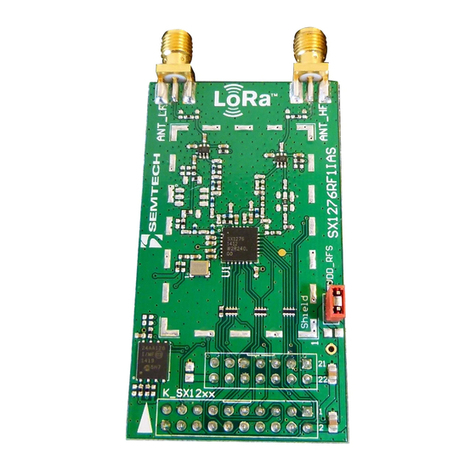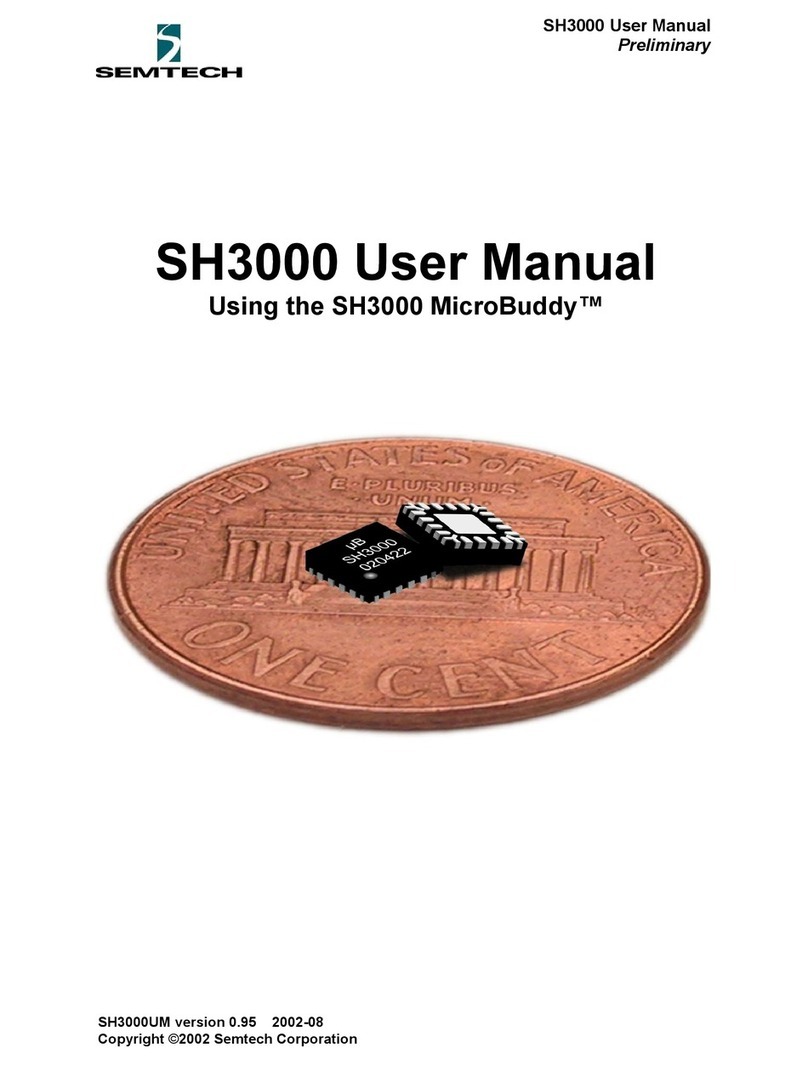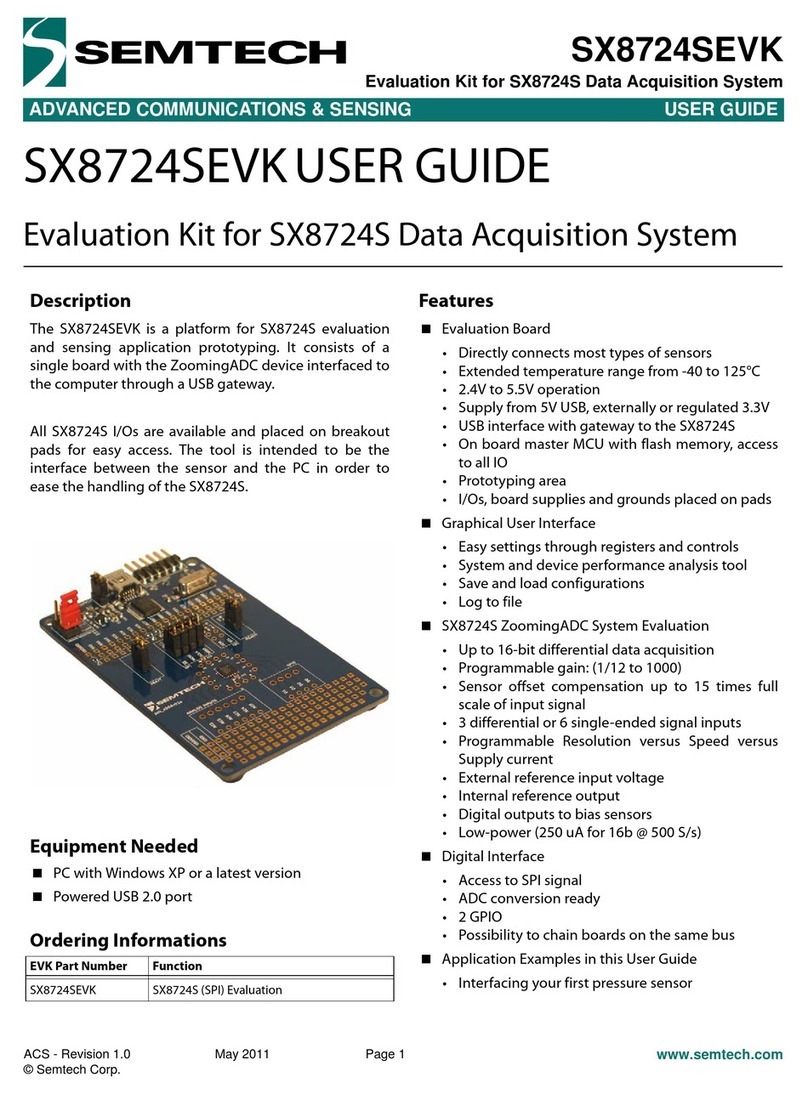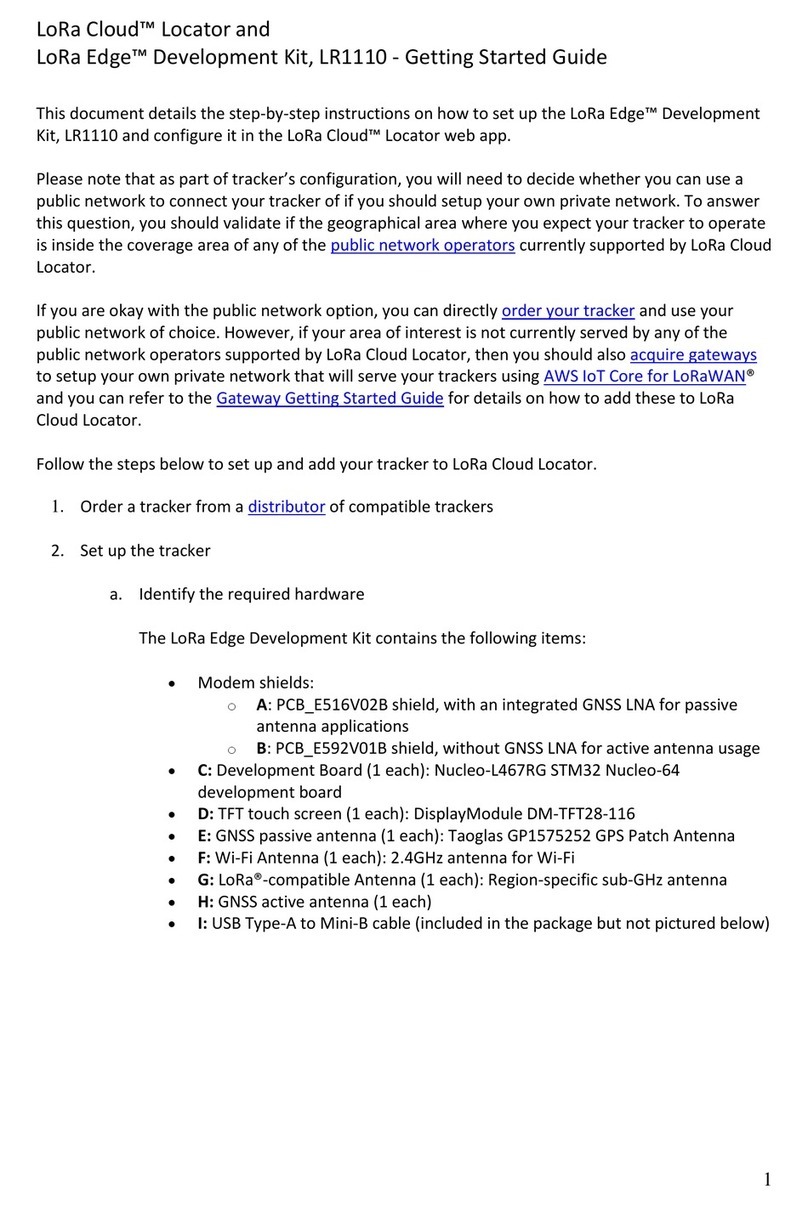
E28-2G4T27SX User Manual
Contents
Contents ····················································································································································································································································1
1.Product Overview.................................................................................................................................................................................. 2
1.1 Brief Introduction.......................................................................................................................................................................... 2
1.3 Application ..................................................................................................................................................................................... 2
2. Technical Parameters.......................................................................................................................................................................... 2
2.1 Limit parameter ............................................................................................................................................................................. 2
2.2 Operating parameter..................................................................................................................................................................... 3
3. Mechanical Characteristics................................................................................................................................................................ 4
3.1. Dimension Plan ............................................................................................................................................................................ 4
3.2. Pin Definition................................................................................................................................................................................ 5
4. Recommended Connection Diagram............................................................................................................................................... 6
5. Functional Description........................................................................................................................................................................ 6
5.1. Fixed Transmission...................................................................................................................................................................... 6
5.2. Broadcast........................................................................................................................................................................................ 6
5.3. Broadcast Address ....................................................................................................................................................................... 6
5.4. Monitor Address........................................................................................................................................................................... 6
5.5. Module Reset................................................................................................................................................................................ 6
5.6. AUX Description ......................................................................................................................................................................... 7
5.6.1 Indication of serial output.................................................................................................................................................... 7
5.6.2 Indication of wireless transmission................................................................................................................................... 7
5.6.3 Module in configuration process....................................................................................................................................... 7
6. Operation Modes.................................................................................................................................................................................. 8
6.1. Mode Switch................................................................................................................................................................................. 8
6.2. Transmission Mode (Mode 0)................................................................................................................................................... 8
6.3. RSSI Mode (Mode 1).................................................................................................................................................................. 8
6.4. Ranging Mode (Mode 2)............................................................................................................................................................ 8
6.5. Configuration mode (Mode 3)................................................................................................................................................... 9
7. Command Format ..............................................................................................................................................................................10
7.1. Default parameter values..........................................................................................................................................................10
7.2. Reading Operating Parameters................................................................................................................................................10
7.3. Reading Version Number......................................................................................................................................................... 10
7.4. Reset Command .........................................................................................................................................................................11
7.5. Parameter Configuration Commands ....................................................................................................................................11
8. Hardware design................................................................................................................................................................................. 13
9. FAQ....................................................................................................................................................................................................... 14
9.1 Communication range is too short....................................................................................................................................... 14
9.2 Module is easy to damage........................................................................................................................................................14
9.3 BER(Bit Error Rate) is high..................................................................................................................................................14
10. Production Guidance.......................................................................................................................................................................15
10.1 Reflow soldering temperature................................................................................................................................................ 15
10.2 Reflow soldering curve............................................................................................................................................................15
11. Package for batch order..................................................................................................................................................................16
Revision history...................................................................................................................................................................................... 16
.






























